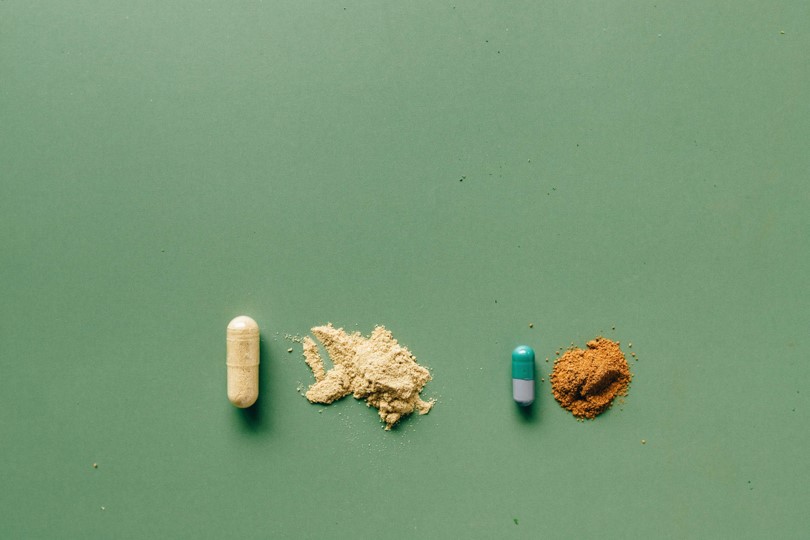 (Photo: Nataliya Vaitkevich/Pexels)
(Photo: Nataliya Vaitkevich/Pexels)
At the Causeway, customs officers have seized a package of an unknown powdery substance that suspected drug mules have attempted to smuggle into Singapore. However, when the substance is analysed, its chemical structure does not match any known drug. In fact, this substance is completely new to the world…
This scenario is not science fiction – it is real and has posed a challenge for the Home Team over the past decade. These novel psychoactive substances (NPS) are substances that are designed to mimic the effects of existing drugs such as cannabis, cocaine, Ecstasy, methamphetamine, and heroin. But they have different chemical structures from these drugs.
Chemists working for criminal syndicates create NPS by making slight modifications to the chemical structures of existing drugs to create new variations that are not known to any anti-drug agency. By design, NPS are as addictive and harmful as existing drugs, but because of their new chemical structures, they have unknown toxicological and possibly even deadly effects for drug abusers.
NPS emerged as a serious threat to Singapore in 2018. Between 2014 and 2017 there were less than three NPS abusers a year; since 2018 this number jumped to 235. By 2020, NPS had grown to become one of the three most commonly abused drugs by new drug abusers.
Introducing amendments to the Misuse of Drugs Act in March 2023, Minister of State for Home Affairs Muhammad Faishal Ibrahim explained to Parliament that: “The ease in modifying the molecular structure of NPS to create new variants means that traffickers can easily overcome our laws by switching to new unlisted NPS. In fact, drug suppliers are known to tailor the molecular structure of NPS according to what is not yet controlled through legislation.”
The number of NPS is constantly growing. According to the United Nations Office on Drugs and Crime, 126 countries and territories had reported 1,047 NPS as of December 2020. Between 2021 and 2022, 76 additional NPS had been identified. This poses a serious challenge to drug enforcement agencies like Singapore’s Central Narcotics Bureau.
Drug enforcement agents currently use Gas Chromatography Mass Spectrometry (GC-MS) to match the spectra of seized substances against those of a library of known substances. With NPS, there is often a lag in updating the library with newly identified drugs. In addition, GC-MS can show significantly different results for derivatives stemming from the same family of chemicals. Both issues make it difficult for drug enforcement agencies using GC-MS to identify seized substances which are unrecorded NPS.
A team of scientists from HTX’s Disruptive Technologies Office, Forensics Centre
of Expertise, and Chemical, Biological, Radiological, Nuclear, and Explosives Centre of Expertise has developed an Artificial Intelligence (AI) tool to identify NPS, even
those which have not yet been recorded.
 The HTX AI classifier for NPS identifies a cathinone. (Photo: Wong Swee Liang)
The HTX AI classifier for NPS identifies a cathinone. (Photo: Wong Swee Liang)
This AI solution, which will be showcased in Milipol Paris in November 2023, used 891 open-source GC-MS spectra to train Machine Learning (ML) models to classify unknown substances as belonging to the cathinone, cannabinoid, phenethylamine, piperazine, tryptamine, or other chemical families. The HTX team discovered that the ML models performed better than existing library matching methods, indicating that the ML models are “a promising complement as an effective NPS detection tool.”
This AI solution will require further development before it can be deployed at Singapore’s checkpoints. Future work planned by the team includes increasing the diversity of chemical classes in the training data, further validation of the ML models, and integration of the AI solution with the actual testing instruments. If their AI solution is eventually deployed at the checkpoints, the team expects that the faster identification of the unknown substances that are seized will enable improved decision making at border control.

![[FEATURED NEWS] Deciphering the science of deception detection](/Cwp/assets/htx/images/listing-card-placeholder.png)